By Roy P. Smith
Color photos by Roy P. Smith
B&W photos courtesy Roy P. Smith and Veloce Publishing from Volume 1 of Alpine Renault- The Sports Prototypes.
November 14-16, 2014 was the scene of the now-enormous NEC Classic Motorshow in the UK. I was there of course and having been tipped off was not disappointed to see the Alpine A220 Chassis number 1731 on display, fully restored and in fully working order with Alpine specialist historian Tim Moores in attendance. Of course having written a book about these cars I knew well the vehicle in question and Tim had kept me informed of the recent happenings. As with all Alpine Sports Prototypes there is a story to tell, so here is a little bit about this one.
In 1968 Alpine, in conjunction with Amedee Gordini, created a car to take the Gordini V8 engine tested the year before in a modified A210 ( then and today is affectionately called the Grandmother!). The new car would be the type A220. The first chassis, number 1730, was taken to the Le Mans test weekend in 1968 and caused a sensation. It was a shakedown test to check the car over. However it was to chassis 1731 that the opportunity to race was given.
It was to race at the Zeltweg airfield circuit in Austria on 25 August. The 3L- V8 Gordini engined car carrying race No. 5 qualified in 4th place on a grid of 19 cars. The race was to be run over 157 laps of the 1.988mile (3.2km) circuit and would last 2h 55min in warm conditions. For many of the teams it would be a last trial before Le Mans, it was a class field that would be watched by the great Juan Manuel Fangio who was attending this event whilst on a trip to Europe. Mauro Bianchi was chosen to drive alone, although André de Cortanze was on hand if he was needed. Although Mauro proved to be quite fast, in practice the car spent a lot of time in the pits with electrical gremlins. Come the start, though, Mauro stormed away and although eventually caught by the Porsche 908 of winner Jo Siffert. Mauro was putting up a grand show with the new car until on lap 27 he went a little off line, caught one of the straw bales lining the course and not only damaged his steering but broke an oil pipe which led to a rapid loss of oil. His race was over.
Back to Dieppe, in uncertain circumstances due to the that year’s industrial unrest and student riots that had cause the Le Mans 24 hours to be put back to September from its usual June date. The A220 was repaired and prepared to go to the re-arranged 24 Hour race a few weeks Later on the 28-29th September. It was entered as car number 29 Chassis 1731and would be driven by Jean Guichet/Jean-Pierre Jabouille; they would qualify 18th fastest on 3min 54.9sec.
But- there is always a but! They had an engine failure, a frequent occurrence with the Gordini V8, during qualifying but a replacement was fitted and it qualified in that respectable 18th place. As the cars lined up for a 3pm start this year (the light being less at the traditional start time), rain added spice to the excitement, making the track a treacherous proposition for the opening laps. It was decided that the experienced Guichet, a master in the rain, would get the car through the early stages and demonstrated his skill admirably by getting up to 5th place overall in the first hour. But it wasn’t to last: during the evening and into the night the car had to visit the pits many times for exhaust bracket repairs, a new starter motor and various electrical maladies. On lap 185, just before 7am, it stopped with alternator failure on the Mulsanne straight. The Alpine was out.
Its next outing would be at the Grand Prix de la Corniche at Casablanca, Morocco. A mixed-car field saw André de Cortanze take victory in chassis 1734 Alpine A220, from André Wicky in a Porsche 910. Local driver André Guelfi, was chosen to drive the 1731. Guelfi, getting used to the car, was moving up as the race went on. By the 6th lap, de Cortanze’s Alpine No. 124 had lapped everyone except the 2nd- and 3rd-placed cars. However, Guelfi was struggling with a faulty gearbox (he only had two gears available by now) and eventually it caused his engine to break.
In 1969 the chassis 1731 was to go into battle again this time at Spa. The teams arrived in the Ardennes for the 1000km on 11 May 1969. The Grand Prix had been cancelled on safety grounds, but here they were running the very high-speed sports prototypes in the 1000km race! No one complained, though; in fact everyone welcomed the race at Spa. Alpine arrived with 3 cars. One of them turned up sporting a high wing configuration: this is believed to be chassis 1736, with the rear radiators and low rear engine cover. The 1731 No. 3 on this occasion would be driven by Jean-Claude Andruet/David van Lennep (brother of Gijs). For the three days of practice the weather resorted to its Eifel/Ardennes unpredictability it rained on all three days. Car 5, de Cortanze/Vinatier, qualified on the 4th row of the grid with 4min 12.4sec, with car 3, Andruet/van Lennep, back on row 6 with 4min 22.1sec . Come the race, the de Cortanze/Vinatier car 5 finished the race in 17th, completing 57 laps (the race was over 71 laps). 21st were Jabouille/Grandsire. Andruet in the 1731 had stalled at the start ! more problems came later when van Lennep stopped when a shock absorber failed, although another record states it was the gearbox – whatever the reason, it failed to finish. But on the results sheets they are shown as being in 21st overall and 8th in the prototype class.
At the 1969 Le Mans 24 Hours Chassis 1731, A220, would be car 31, and driving on this occasion were Jean-Pierre Nicolas/Jean-Luc Thérier. Race day at le circuit La Sarthe, had dawned warm but overcast as the 45 starters who had qualified on the 11th and 12th June lined up for the last of the traditional running starts. When fixing the date earlier in the year, the organizers were not to know that the same weekend would be chosen by the politicians of France for the nation’s elections, so the start was brought forward to 2 pm from the usual 4 pm to allow more time on Sunday for race-goers to return home to vote. This time the 1731 A220, looked as if it might be successful and in fact by late evening it was up to 10th overall. But then the inevitable happened: pit-stops to secure broken brackets, overheating and eventual disaster on its 160th lap when the head gasket let go and caused engine failure. All four of the 3L cars would go out of the race. Jean Rédélé, le Patron, was not happy with Gordini, but due to the arguments Gordini had had with Alpine about keeping his engines cool, the feeling was mutual.
However, the engineers at Alpine were resourceful and started to wonder if the A220 might in fact be more suited to shorter, street-type circuit events rather than the long, high-speed races at Spa, Monza and Le Mans. So after Le Mans it was decided to modify chassis 1731 and fit it with a short body. It was tried on the Chamrousse Speed Hillclimb in the Isère department of France on 27 July, where Jean Vinatier was to record a climb of 8min 32.3sec to finish in third place behind Jean-Pierre Beltoise in a Matra F2 on 8min 11sec and a Monsieur Rouveran in an F2 Tecno on 8min 31.8sec. Jean Vinatier: “After the Le Mans race it was decided at Dieppe – I think it was Rédélé’s decision – that I should race it in the hillclimb at Chamrousse. It was a very fast hillclimb and in a beautiful region which had hosted the Winter Olympic Games. The car was shortened because on the tighter course it was a considerable advantage to have a shortened cantilever at the rear – it was easier with the hairpins; also, the team wanted to see if it could be used on other events rather than the Le Mans 24 Hours. During the practice runs I did a wonderful spin on the first right-hand hairpin; I was very surprised as it happened so suddenly. However, it turned out to be because the mechanics had removed one of the two fuel tanks, forgetting to close its fuel outlet, so when I turned a corner there was fuel pouring out in front of my rear tyres which caused the spin.”
The now short tail car was tried again at Nogaro on 17 August, again with Jean Vinatier at the wheel. On the front row of the grid between two Porsches, he got away the quickest and took the lead. Jean Vinatier: “Nogaro was a circuit race and I was going very well – I was leading the pack. Behind was a Porsche – a 908 I think – a Spanish driver, Juan Fernandez. I was concerned about the cooling of the car and sure enough two or three laps before the end my water temperature shot up; I tried to nurse it. The Porsche was coming up behind; my water temp was 130°. I didn’t want to overdo it and I didn’t know if the engine would last but I wanted to try. Inevitably I lost the race – I had to let him go past and I finished 2nd, 3.6sec behind him.”
Finally the team modified 1731 to road regulations to be used in rally specification on the Critérium des Cévennes. For this event the car would be run on public roads and required what in France is called a “certificat d’immatriculation”, which is a document of legal approval – a formal licence confirming that the vehicle complies with the laws of the land for highway motoring.
Chassis 1731 was the only A220 to be road registered. Jean-Pierre Jabouille took his faithful engineer Jean-Claude Guénard along as co-pilot; sadly, the car went out with electrical problems when the alternator failed. It was a quiet end to the rally and a quiet end to racing for the 1731 car. It was then looked after and eventually acquired by Alpine employee Jean Pierre Buirette. Until in 2013 it was acquired by a Private collector in the USA. The car however had already been restored and displayed at the Classic Le Mans in 2012. Subsequently it was brought to the UK under the eye of Tim Moores and an engine specialist associate who was charged with getting it back to full working order. This done they decided to expose this masterpiece of a historical Alpine at the NEC.
I think you will agree it’s pretty damn fabulous.
Roy’s latest book is The Porsche 924 Carrera – evolution to excellence..coming soon December 2014
CHECK OUT
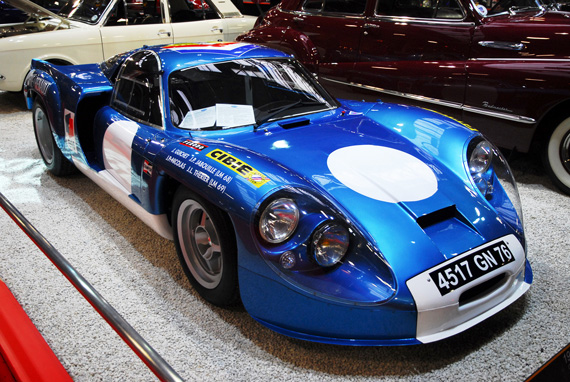
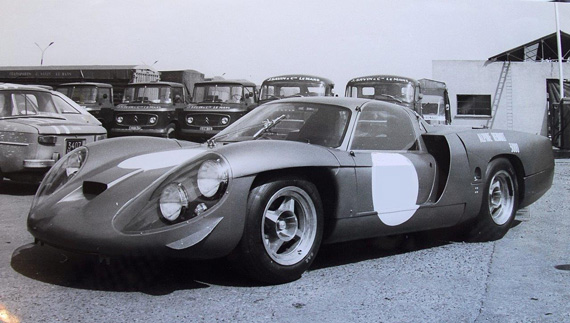
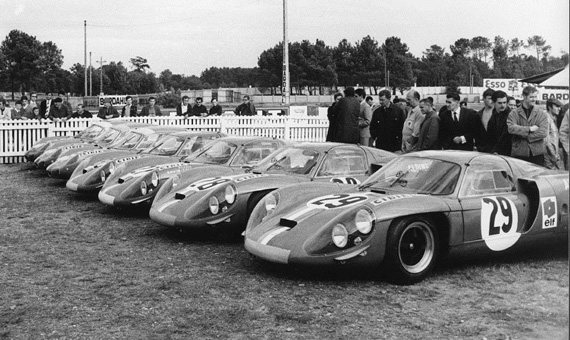
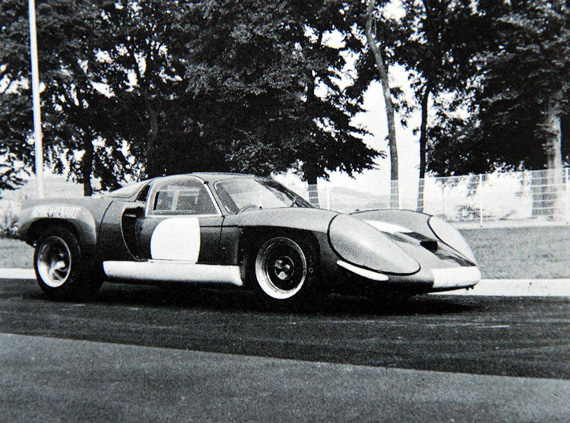
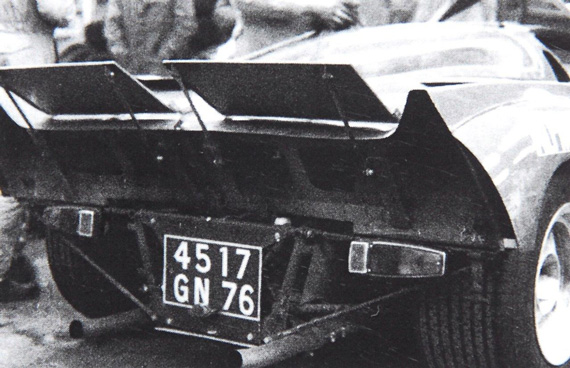
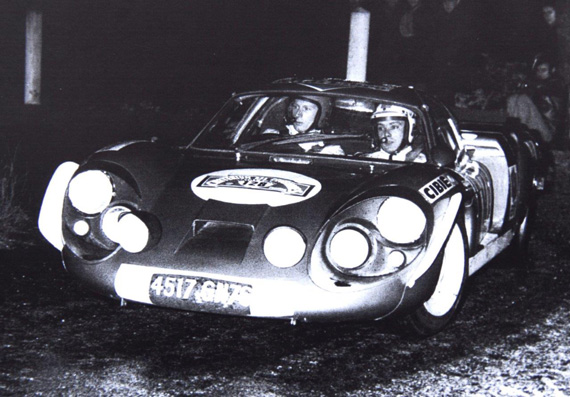
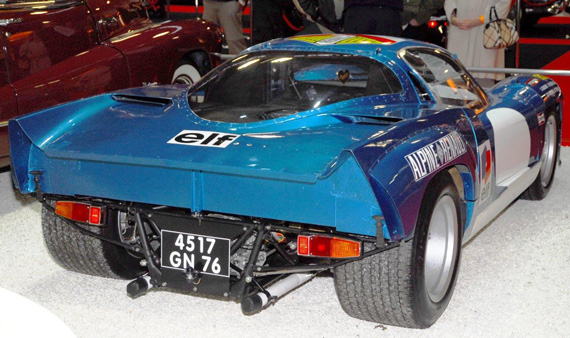
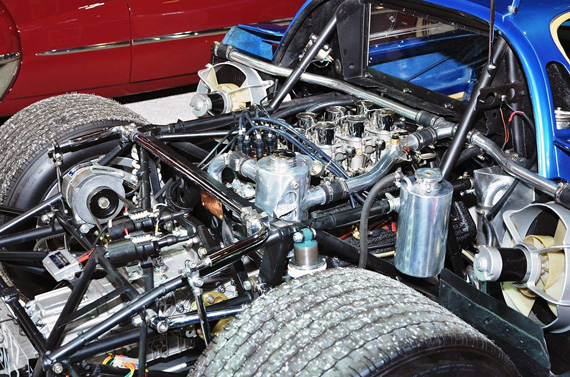
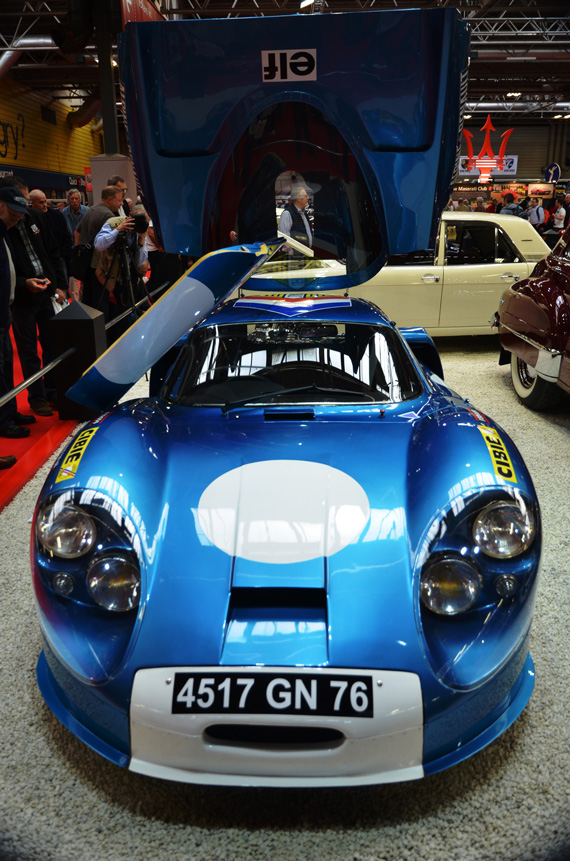
Roy/Pete:
It was the most interesting car at the show. I was on the signalling crew for Mike Salmon’s GT40 in 1968. During my late night/early morning break, I walked back up from Mulsanne Corner to where the Alpine had come to rest after finally quitting. I am sure I have a pic somewhere of the car sitting there looking sad. They were a great part of that race, and it is good to see them still around.
Ed McDonough